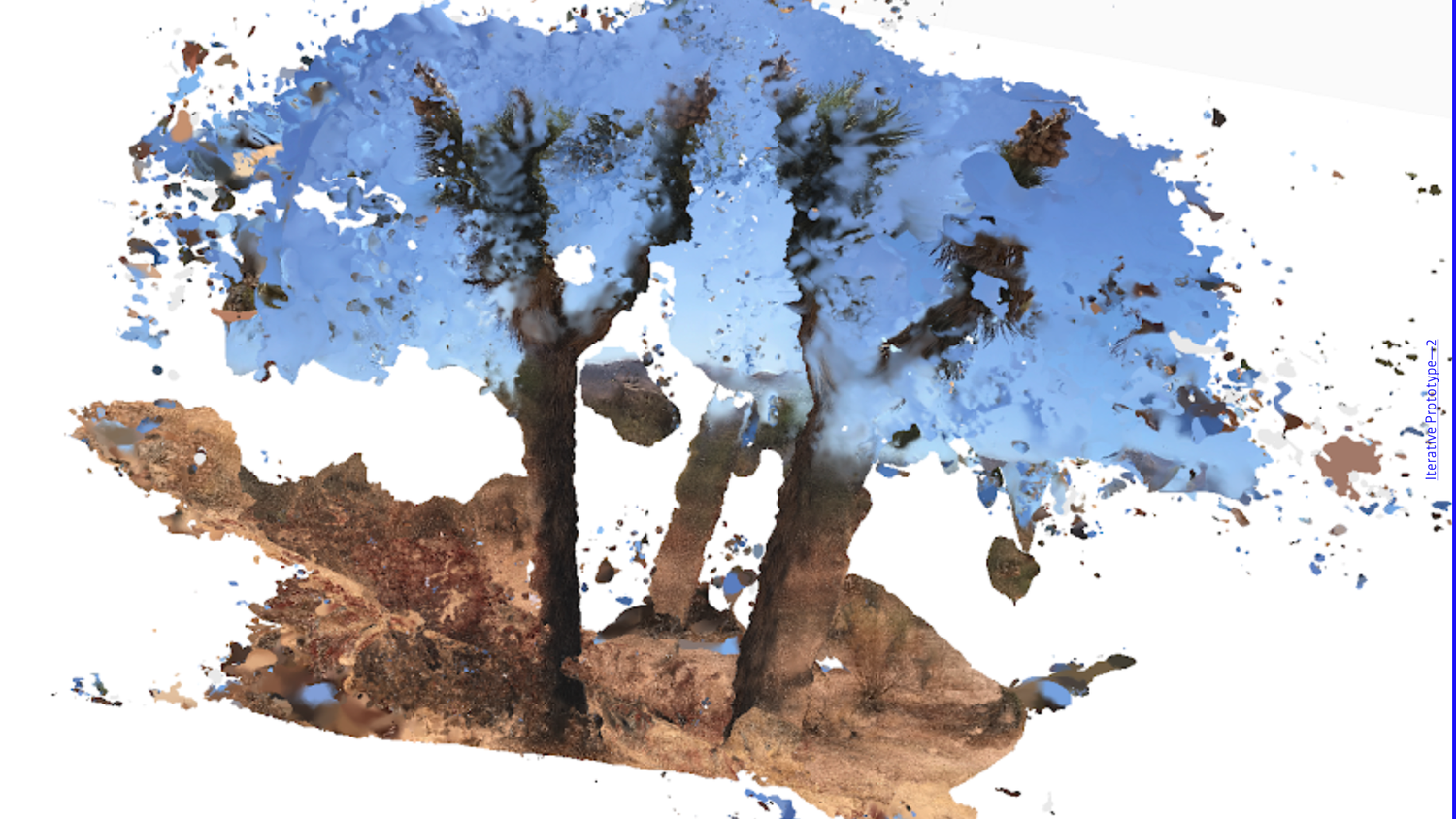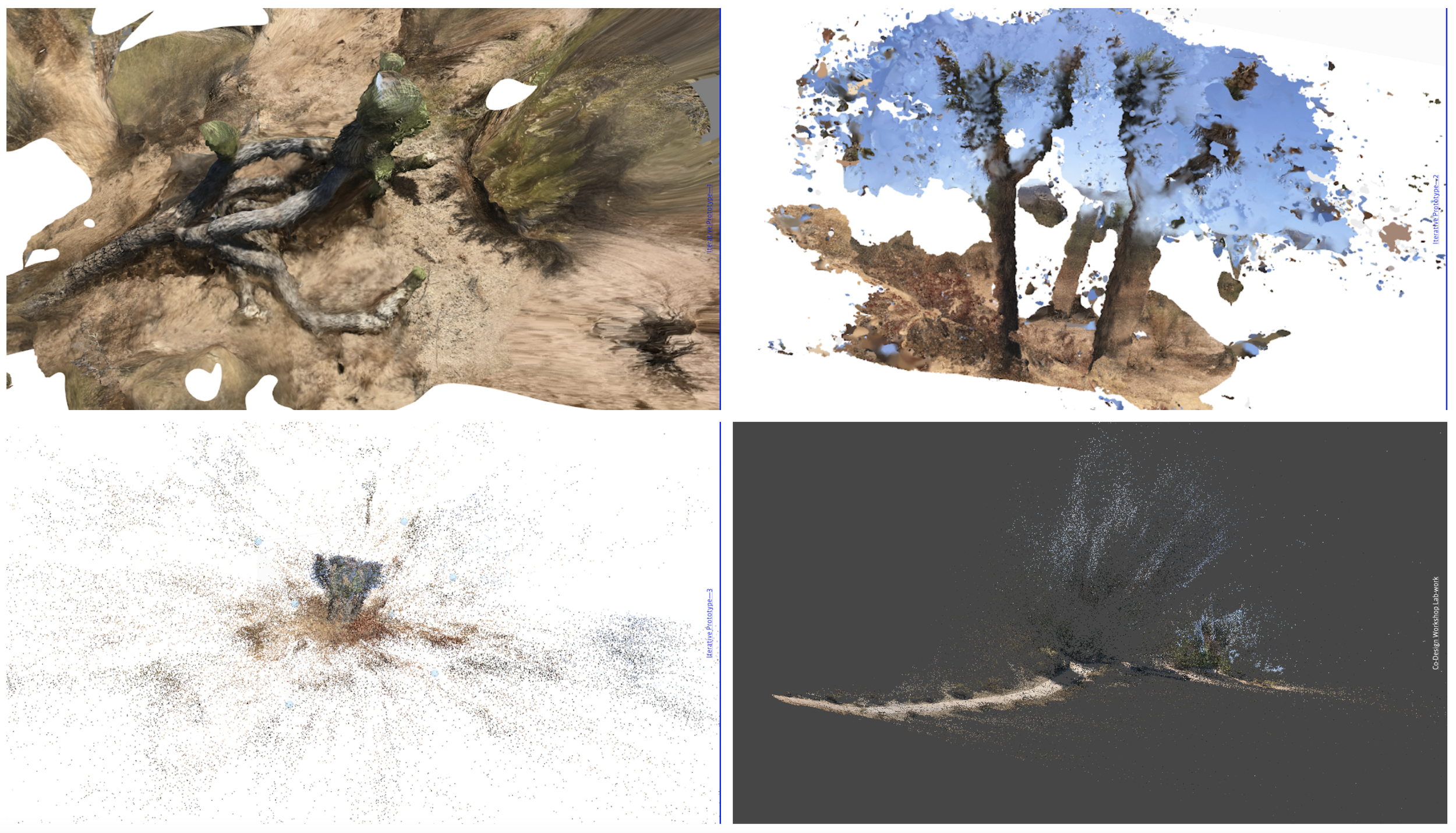Client
Joshua Tree National Park
Scope
January 2020–May 2020
Role
User Research, Prototyping, Data Visualization
Deliverables
Simulations, Interactive Prototypes, 3D Digital Models
OVERVIEW
Background
Since 1950, the National Park Service has been entrusted with the care of Oasis of Mara – Joshua Tree National Park. With the help of volunteers and partners, they safeguard these historical places and share their stories with more than 318 million visitors every year. National Parks have always been a source of knowledge and information. However, with the changing times, in order to stay relevant, there is a pressing need for interpretive exhibits to engage their visitors in new ways and become much more than information providers.
Design Challenge
How might we create a service experience to live beyond the visitor center walls—Exploratory initiative leveraged VR and photogrammetry in innovative ways to enhance visual storytelling by integrating novel tools and techniques to create new types of UX for interpretive exhibits.
REFLECTIONS
This extensive project led to the evolution of my design practice as a multimedia designer and a user experience researcher for digital products and experiences by integrating emerging technologies. I took a strategic approach towards the work while exploring the future of human experience in spatial and digital systems. Areas of practice include VR (mixed reality) and focus on raising critical questions about technologies, including their interactions and social impacts. This work was communicated through various scales, including renderings, simulations, and interactive prototypes.
Key Learnings
Passion for working on interdisciplinary research and new visualization tools.
Applying hands-on knowledge ranging from virtual reality to haptics, immersive technologies to design new ways of creating, displaying and interacting with content and experiences.
Techniques used to construct 3D digital models of objects based on the coordinates.
Leveraging immersive technology to create simulated experiences that feel real to the user by combining digital content with the physical environment, bringing together the virtual with users' sight, sound and touch.



